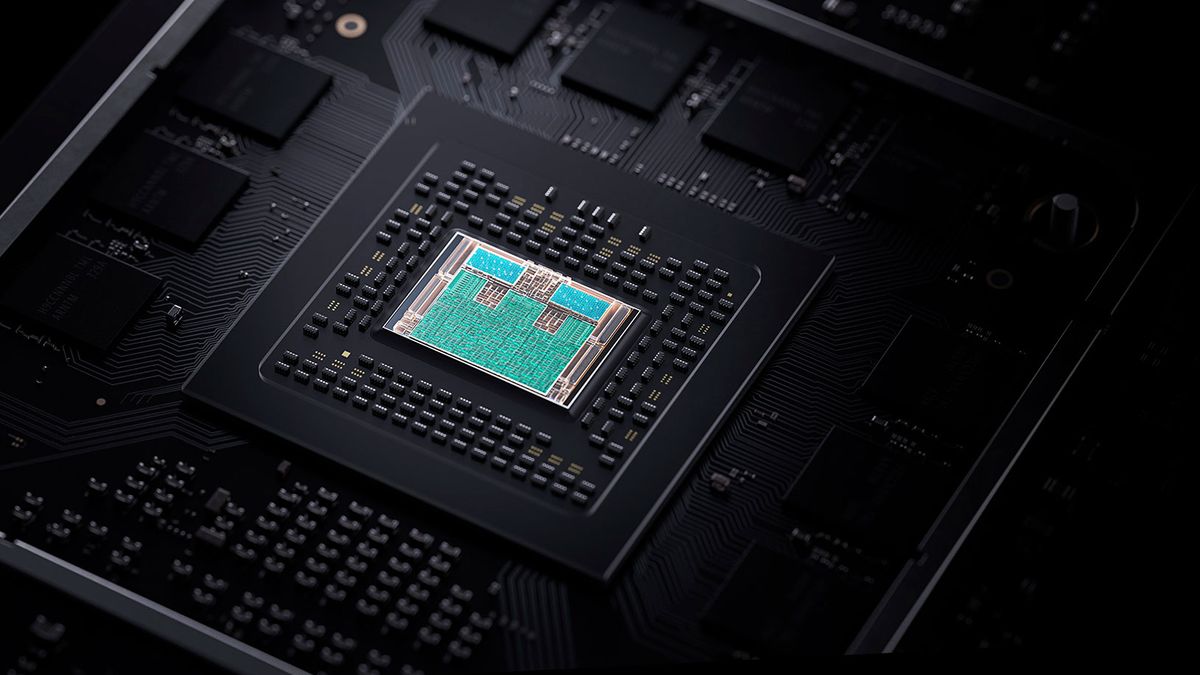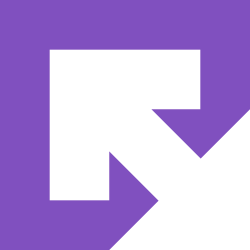thraker
L15: Wise
- Seit
- 1 März 2009
- Beiträge
- 9.109
Ja, absolut, Tier 2 geht bekanntlich über Screenspace Image bzw. über Framebuffer und somit hat man mehr Infos bzw. besseres BQ-Ergebnis aber ist etwas Performance hungriger und laut dem was man so hört, auch zu bevorzugen.GT nutzt Tier 1 VRS, interessant wären Vergleiche zwischen Tier 1 und Tier 2, da werden wir uns aber wohl noch Gedulden müssen.
Hier ist es nett beschrieben.
Ways to Control Variable Rate Shading Rates
As Vaidyanathan et al. (2014) describes, there are a few ways we may control the shading rate:14
- Set a VRS rate for subsequent draw calls. This can be updated multiple times per frame.
- Create an input mask that is used to read the VRS rate for a given region of the screen. This mask can be imagined as an overlay image on top of the image we are creating in the framebuffer. This is known as Tier 2 VRS and is currently not supported on 11th generation Intel® Processor Graphics Hardware.
- Use a parametric description that is evaluated at each region of pixels to determine the VRS rate. This is most often associated with describing a foveal region for use in VR and other scenarios. The VRS API does not currently support this mode. If you are interested, contact us to discuss the use of the Intel Foveated Mode extension. Observe that in the second method parametric foveated mode can be simulated with a proper image mask.
- Set a VRS rate for every vertex in the scene and optionally interpolate the value across the polygon.
- Combine these modes with a user defined function.

Intel Developer Zone
Find software and development products, explore tools and technologies, connect with other developers and more. Sign up to manage your products.






 Und diesmal bietet sich sogar der kürzeste Namen an
Und diesmal bietet sich sogar der kürzeste Namen an 
 erste Gen?
erste Gen?



